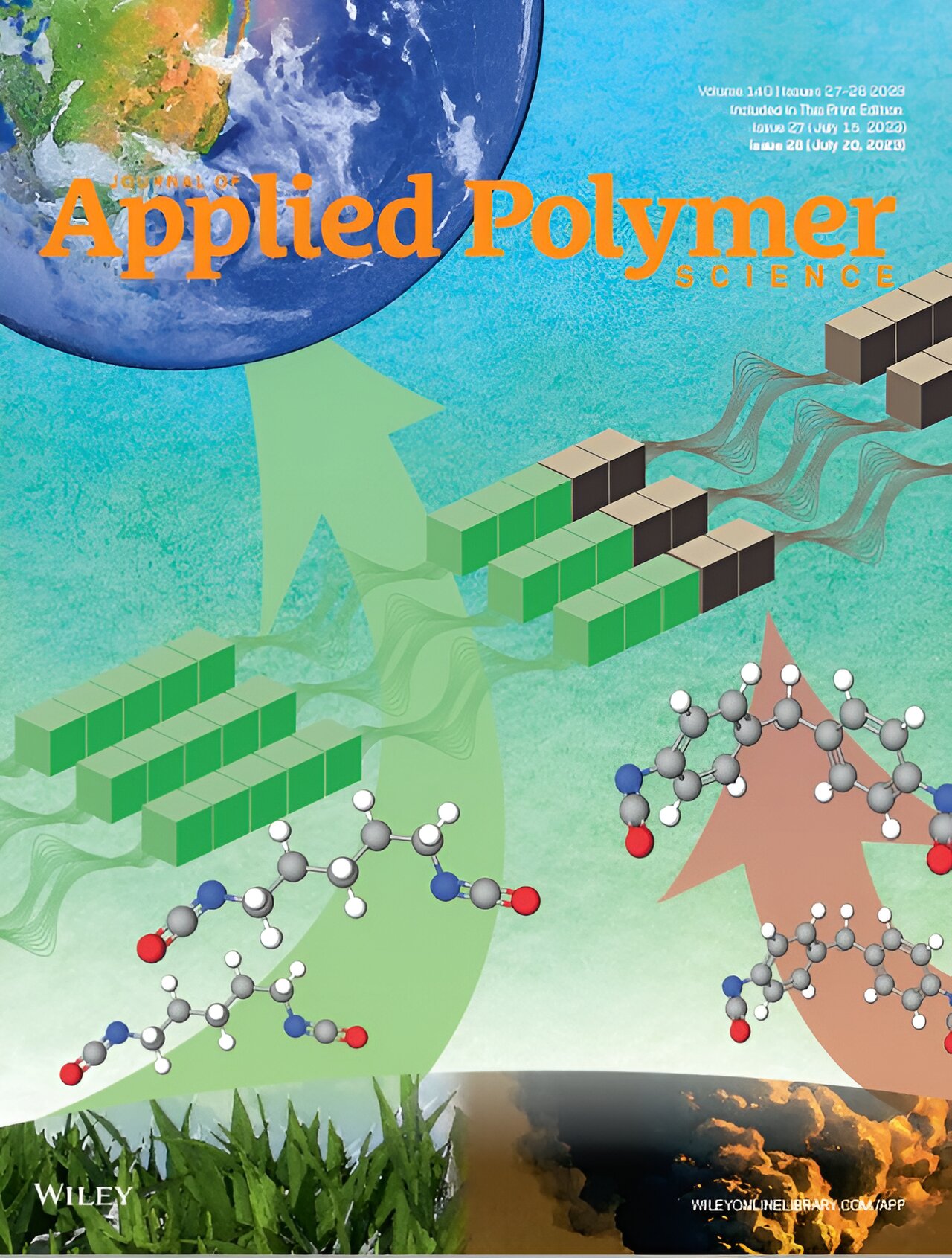Prepare to be amazed by the groundbreaking achievement of Senior Researcher Lim Sang-gyu and his team at the Department of Energy Convergence Research, DGIST. They have developed an eco-friendly thermoplastic polyurethane with an astonishing biocarbon content of 97%.
This remarkable technology, created in collaboration with Jung Jae-hoon from the New Product Development Team and Jeon Cho-hyun from the New Business Planning Team at the Korea Textile Development Institute (KTDI), offers a sustainable alternative to conventional petroleum-based thermoplastic polyurethanes.
Thermoplastic polyurethane is a versatile material known for its exceptional mechanical properties, including abrasion resistance, resilience, tensile strength, and tear strength. It is widely used in various life and industrial applications such as industrial sheets, screen protection films, cases, footwear, artificial leather, and apparel materials.
However, the extraction, manufacturing, use, and disposal of petroleum-based raw materials contribute to environmental pollution. This has led to global efforts to explore eco-friendly alternatives based on biomass materials. Yet, developing biomass-based products that can match the properties of conventional thermoplastic polyurethanes is no easy task.
In an incredible collaboration with the KTDI, Lim’s research team achieved a significant breakthrough by developing an eco-friendly thermoplastic polyurethane. They utilized biomass-based polyester polyols and butane diols instead of traditional petroleum-based materials.
The resulting biomass-based thermoplastic polyurethane exhibits exceptional properties, including a remarkable biocarbon content of up to 97%, a weight average molecular weight of approximately 120,000 g/mol, a tensile strength of 20 MPa, and an impressive tensile elongation of 587.2%.
What’s even more impressive is that these properties are comparable to those of existing petroleum-based thermoplastic polyurethanes, making the developed material a versatile candidate for a wide array of applications in both daily life and various industries. It is expected to find use in diverse fields, such as industrial sheets, screen protection films, cases, footwear, artificial leather, and clothing materials.
Researcher Lim emphasized the meticulous evaluation of the chemical, thermal, and mechanical properties of biomass-based aliphatic isocyanates, comparing them with those of petroleum-based thermoplastic polyurethanes. This sets their research apart from existing studies on eco-friendly thermoplastic polyurethanes.
With great optimism, Lim expressed hopes for the commercialization and widespread use of the biomass-based thermoplastic polyurethanes developed through their research, particularly in various fields of high-functional fiber materials.
The study detailing this remarkable achievement has been published in the Journal of Applied Polymer Science.








